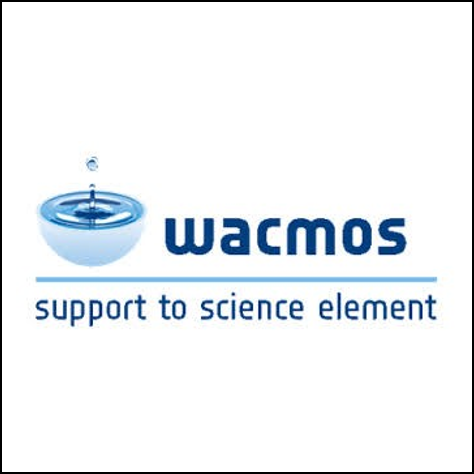Water Cycle Multi-mission Observation Strategy for the Mediterranean Project
ESRIN Contract No. 4000114770/15/I-SBo 
International Scientific Cooperation
Period: 2015 – 2018 (30 months)
Partners: The consortium is based on a close collaboration between 5partners:
- ESTELLUS: ESTELLUS, France (Prime contractor)
- TUW : Technische Universitaet Wien (Subcontractor)
- CNR : Consiglio Nazionale delle Ricerche (Subcontractor)
- LMD : Laboratoire de Meteorologie Dynamique (Subcontractor)
- UIB : Universitat de les Iles Balears (Subcontractor)
Description: The Mediterranean region features a nearly closed sea surrounded by urbanized littorals and mountains that acts as a transition zone between humid climates to the north and arid climates to the south. As a result, the region experiences many interactions and feedback between oceanic, atmospheric, and hydrological processes, as well as anthropogenic activities. Understanding these interactions, links to extreme weather events and climate change impact is essential for the environmental and socio-economic prosperity of the region encompassing southern Europe, northern Africa and the Middle East. Understanding the different processes and interactions governing the water cycle in the Mediterranean region is a key challenge for the scientific community and a major requirements to societal development. To address these major scientific challenges HyMeX (HYdrological cycle in the Mediterranean EXperiment) aims at a better understanding and quantification of the hydrological cycle and related processes in the Mediterranean, with emphasis on high-impact weather events, inter-annual to decadal variability of the Mediterranean coupled system, and associated trends in the context of global change. In this context, the objective of the WACMOS-MED project is to contribute to HYMEX scientific objectives by advancing in the exploitation of ESA and non-ESA EO datasets to enhance our understanding of the water cycle in the Mediterranean area through an integrated approach involving jointly the land, the ocean and the atmosphere components.